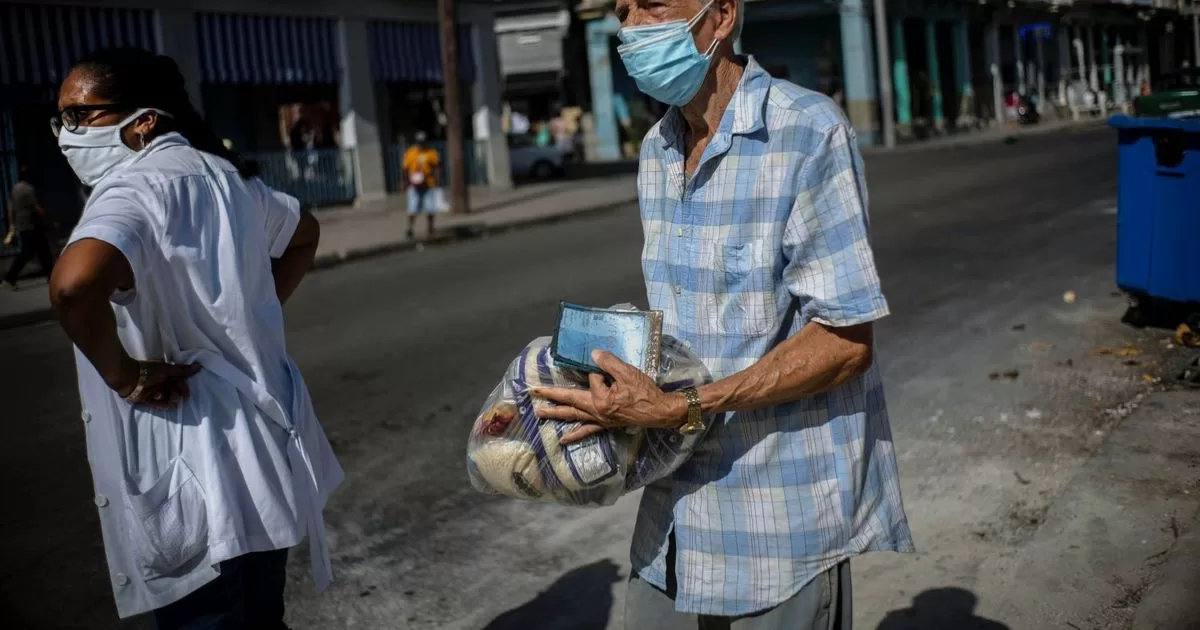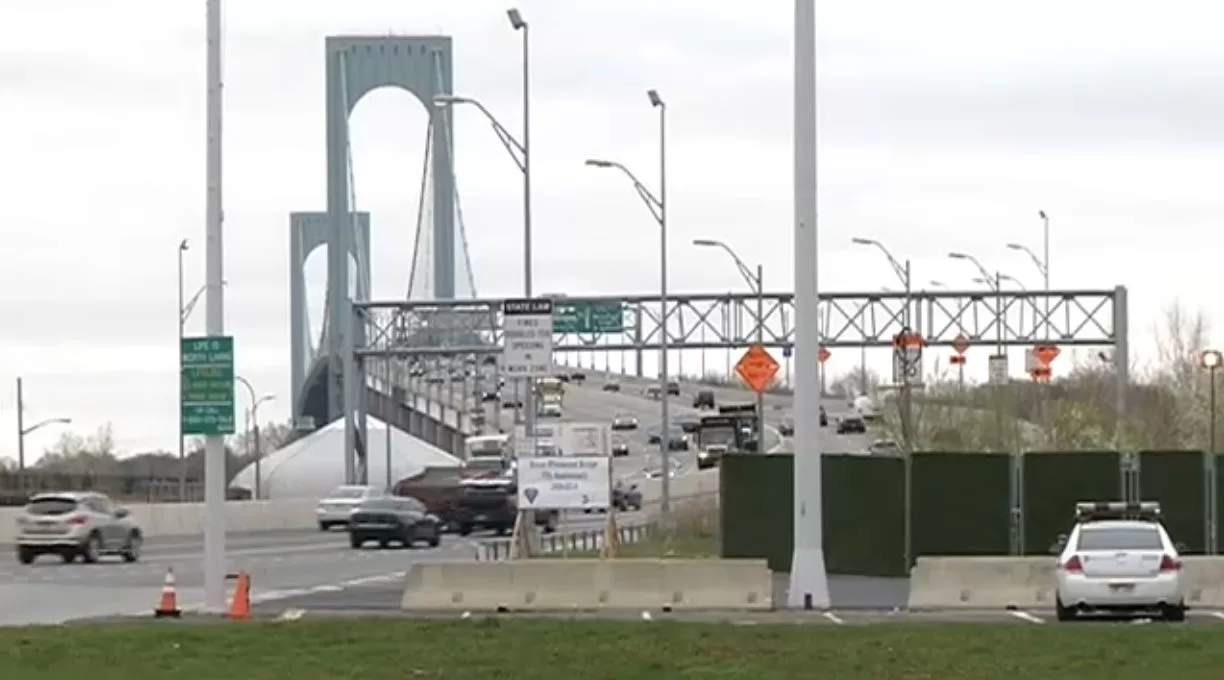The current numbers of Cubans leaving for the United States are unprecedented since the beginning of the Castro dynasty in 1959. There have already been 65 years of general destruction, from social values to the degradation of the family and the collapse of what was once a prosperous country before the military coup perpetrated by Fidel Castro.
In the midst of a rampant and enormous inflation, the collapse of all sectors, especially agricultural production and tourism, there are few who can survive such a severe crisis and decide to take advantage of the “Open Door” policy of the administration of Joe Biden and the possibility of obtaining a Spanish passport due to family ties to travel to Europe.
Thousands of Cubans have been forced – as the only option – to sell everything, including their houses, to be able to leave, pay for procedures, tickets and survive in an extensive history with the so-called “coyotes” of intermediaries (human traffickers), who also demand a lot. money. In most cases, these payments are made by family members living in the United States.
The United States Customs and Border Protection Office has just announced that in 2023 it registered more than 153,000 irregular entries of Cubans. Another 67,000 flew directly to US territory under the controversial program known as Parole, implemented a year ago by the Joe Biden administration.
Coupled with the more than 313,000 who entered without papers in 2022, this “represents the largest number of Cuban migrants ever recorded in two consecutive years since the beginning of the Cuban exodus in 1959,” says Jorge Duany, director of the Cuban Research Institute of the Florida International University.
In two years, more than 533,000 Cubans arrived in the United States, a figure equivalent to 4.8% of the 11.1 million inhabitants. This, without counting the entries with other types of visas for which there are no official figures available.
The traditional exhaust valve of the regime
For decades, misgovernment has overcome the chronic economic recession through tricks, international defaults, repression and state terror, so that the suffering and desperation of millions of Cubans did not become an uncontrollable internal uprising. The dictatorship’s best escape valve to release social pressure has always been mass exoduses. This time it has not been different. Cuban misgovernment itself has facilitated this departure of tens of thousands through Central America and other routes as a matter of urgency given the signs of an imminent social explosion in Cuba.
To increase terror, Castroism does seek and use all the necessary resources. This has been the case for decades and after the uprising of July 11, 2021 in several provinces in the country. Then came brutal repression, imprisonment, torture and judicial sentences as a form of punishment to contain future outbreaks of uprising that encourage a social revolution. The big difference with 1959 is that the people now have no weapons; Fidel Castro took charge of disarming them to prevent the same thing he did from happening.
Like tens of thousands of Cubans, Elsa – who was previously reluctant to leave her country – flew to Managua in August and from there traveled a risky path of about 3,000 km until she reached the United States border.
This migratory wave is only preceded by that of Mariel, in the 1980s when 130,000 Cubans desperately left the island. Then came the so-called “rafters” crisis in 1994 with 35,000 and the flight for political reasons between 1960 and 1963 of 300,000 persecuted in the first years of socialist Castroism.
In these two years, “many young people with high educational and occupational levels” have left, which “in a certain way represents a loss” for Cuba, which has one of the oldest populations in the region, adds Duany.
But in remittances that represents a lifeline for the Havana regime, which receives between 3,000 and 4,000 million dollars each year, except in 2020 due to the pandemic and 2022 and 2023 due to the inflationary crisis in the United States that forced a large part of Cubans to reduce aid to the Island.
The remittance figures have also been accompanied by individual investments made by thousands of Cuban residents within the Island with money sent from abroad by their relatives.
Leaving, the only alternative to repression and intolerance
Latin America and Europe are also destinations for tens of thousands of Cubans, however, there is no official global figure.
For example, 36,574 Cubans requested refuge in Mexico between 2022 and 2023, while at least 22,000 entered Uruguay and hundreds arrived in Chile, according to official figures from these three countries consulted by AFP.
The mass departure began in November 2021, when Nicaragua, an ally of Cuba, eliminated the visa requirement for Cubans. An escape valve for the island mired in the worst recession of the many that Castroism has caused in 65 years of disastrous economic measures and under a useless socialist system.
In 2023, an unusual traffic of subleased flights loaded with Cuban migrants to Managua also skyrocketed, a phenomenon that led Washington to sanction these airline companies in November.
In Europe, Spain is one of the favorite destinations of the islanders, especially after the approval in 2022 of the so-called grandchildren law, which allows descendants of Spaniards to obtain nationality.
Marco Antonio Nápoles Álvarez, a 24-year-old waiter from the province of Holguín, hopes to travel to Madrid in March with his sister, after obtaining his Spanish passport.
“We plan to settle there to see if things go well,” he says as he leaves the embassy with his Spanish passport in his hand.
Meanwhile, Raúl Bonachea, a 35-year-old playwright, stayed in Madrid in September with an artistic residency visa.
“It was the opportunity I had to leave,” he tells AFP, complaining that he had to have up to six jobs on the island to cover basic expenses and disappointed by the “intolerance” in his country governed by the Communist Party of Cuba (PCC). , only).
He says that his work “Iphigenia” was censored, a classic that he reinterpreted with the theme of migration.
However, the main destination – with large numbers – continues to be the United States, and especially South Florida where the vast majority of Cuban immigrants decide to live.
(email protected)
Source: With information from AFP.






